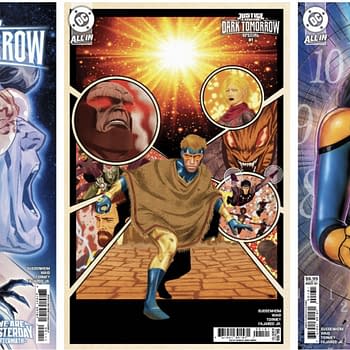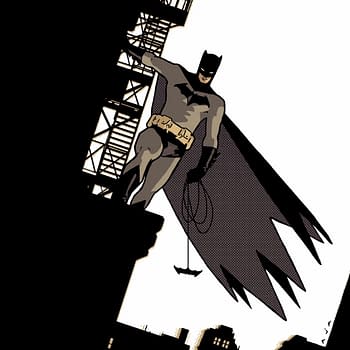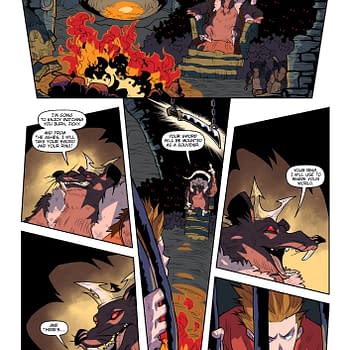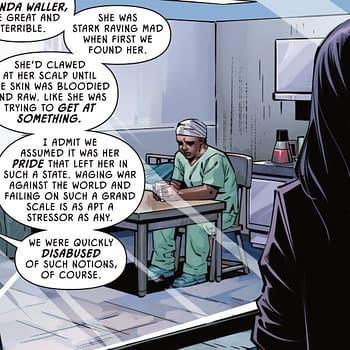Posted in: Recent Updates | Tagged: dennis o'neil, denny o'neil, denny o'neill, how to write comics and graphic novels, How to write comics and graphic novels by Dennis O'Neil, university
How To Write Comics And Graphic Novels by Dennis O'Neil #9 – Continuity Day

There are a number of meanings to the word "continuity" as applied to fictional narrative, and they all apply to comics.
Let's start with the easiest and simplest, the kind of continuity that is the task of a script supervisor on a television or movie set: making sure everything is consistent from shot to shot or, in comics, panel to panel. Names; relationships; clothing and locations, possessions and jobs and extend this list as you will–all the minutiae of your fictional world has to be consistent within that world. A lot of this is the responsibility of the editor, but don't allow yourself to get lazy, thinking that the editor will catch all your goofs. (Editors are only human, despite what you may have heard.)
That kind of continuity applies to individual stories and story arcs, and once upon a time, it was just about the only kind there was. It also applies to continuity within a series, which we might as well define as an open-ended succession of narratives concerning the same characters and set in the same milieu. Like, you know, your favorite monthly comic book. All the names and props and locales, et. al. must be consistent, but that's only for openers. The characters' histories and origins have to be all of a piece, as do the geography and sociology of your make-believe.
Enlarge that–enlarge it a lot–and we have the final arena in which continuity is vital: the whole friggin' universe. I refer, of course, to a fictional universe or universes, not that spangled majesty outside your window. For a long time now, fictional universes have been elements in DC and Marvel comic books and, to a lesser but still significant degree, to some television and movie franchises. Given half a chance, the continuity problems for a universe will be daunting; not only must the creative folk deal with the various continuities mentioned above, but they have to maintain consistency over a long, albeit bogus, historical time line, that can extend into both past and future; keep sometimes ill-defined geographical relationships in order; and sometimes go far, far away, like to other galaxies inhabited by other life forms and keep their ducks in a row, (or whatever passes for ducks in extraterrestrial ponds.)
Continuity can be a storytelling tool and that's all to the good. But it carries its negatives, too. I strongly advise you bards out there to never, never do continuity for its own sake–say, to fill in a blank in a story you read a dozen years ago that's been gnawing your soul ever since…unless–you can get a good story from the blank-filling, a story that will be satisfying to readers who never heard of the glitch that's been bothering you and would not care if they did. That is, most of us. Any occasion for a good story is the right occasion. And anything that doesn't contribute to the quality of the story is a candidate for the dumpster. You don't want to bore your readers with irrelevancies and you don't want to distract them from narrative elements that are important.
My, my, and aren't I just the little doctrinaire munchkin during the holiday season!
Dennis O'Neil teaches a ten week course on Writing Comics And Graphic Novels at the New York University. Classes are every Wednesday evening from 6.45pm to 9pm. For further information, please call NYU's School of Professional and Continuing Studies at Studies at 212 9987200.











